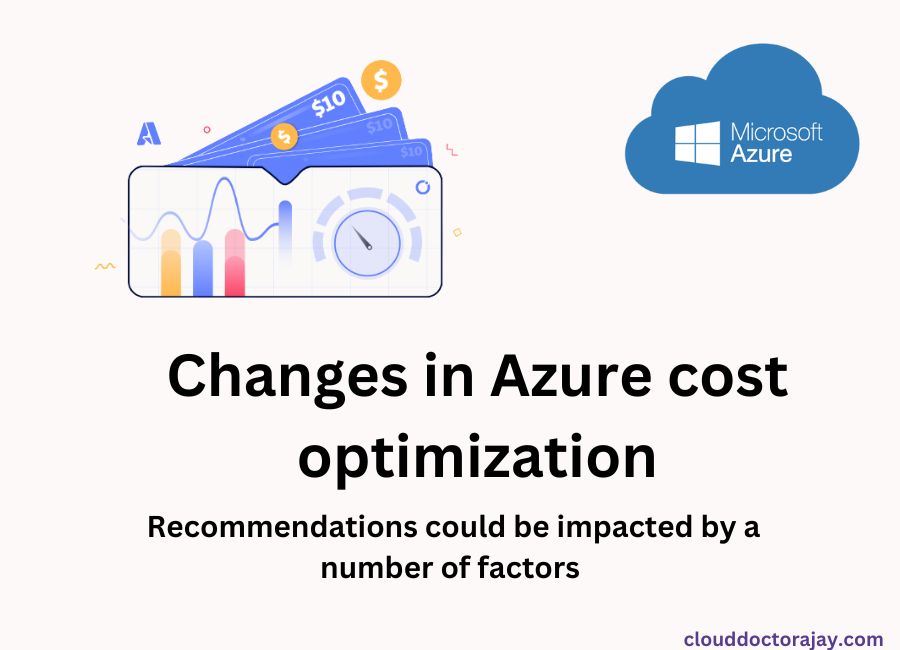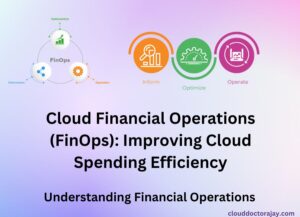Azure cost optimization: You can more successfully analyze and react to these everyday variations if you are aware of these elements. The following are some causes for potential variations in Azure cost optimization recommendations:
Causes for potential variations in Azure cost optimization
1. Current resource use habits:
Are the basis for Azure’s cost optimization recommendations. The cost-saving advice may change if your resource utilization varies daily, possibly as a result of shifting workloads or seasonality.
2. Data Collection Timing:
Azure gathers information about your resource use and costs continually. Depending on the most recent information gathered, recommendations could vary every day. The suggestions may be affected if some resources are only sometimes or briefly used.
3. Modifications to Resource settings:
The cost optimization suggestions may change as you scale up or down, modify settings, or add or remove resources from your Azure resources. Based on the updated setups, Azure will modify its suggestions.
JDE E1 Backup and Recovery Strategies: Ensuring Data Security and Business Continuity
4. Billing Cycle:
Based on your billing cycle, Azure frequently makes suggestions for cost savings. As the payment cycle goes on, recommendations may change, especially if you have resources whose usage patterns are based on billing cycles (such as batch processing on a monthly or quarterly basis).
5. Dynamic price:
Azure’s price structure is subject to change. Periodically, Microsoft modifies the costs for certain services and resources. The cost-saving suggestions may be impacted by these price changes.
6. Variations in Workloads:
Azure workload variations may result in changes to recommendations. For instance, if you run more workloads or see more traffic on particular days, it might lead to various cost-saving opportunities.
7. Recommendation Algorithms:
Azure makes suggestions by utilizing advanced algorithms. These algorithms consider a number of variables, such as previous consumption, performance, and pricing information. These algorithms may change or be modified, which may have an effect on the suggestions.
8. Azure may impose rate limits:
On the volume of API queries for cost recommendations. It might not offer the complete set of recommendations if you’ve surpassed your rate limit for that day, which could cause variations.
Planning and Carrying Out JDE E1 Upgrades: A Smooth Journey
Azure cost optimization variations effectively:
Consider the following to manage these variations effectively:
• Regular Monitoring:
Rather than concentrating only on daily changes, continuously analyze your Azure cost optimization recommendations to understand trends and patterns over time.
• Adopt Best Practices:
Adopt Azure best practices for cost reduction, including sizing resources correctly, using reserved instances, and automating scaling.
• Track Changes:
Maintain a log of all modifications made to your Azure resources and customizations. You can connect variations with particular actions or occurrences using this.
• Modify Expectations:
Recognize that daily variations are typical and that the primary concern should be long-term cost optimization objectives rather than daily fluctuations.
• Utilize Automation:
Put automation into place for cost control to make sure that your resources are consistently optimized despite changing workloads.
Even in the face of daily variations in suggestions, you may manage and optimize your Azure charges by following these steps.




